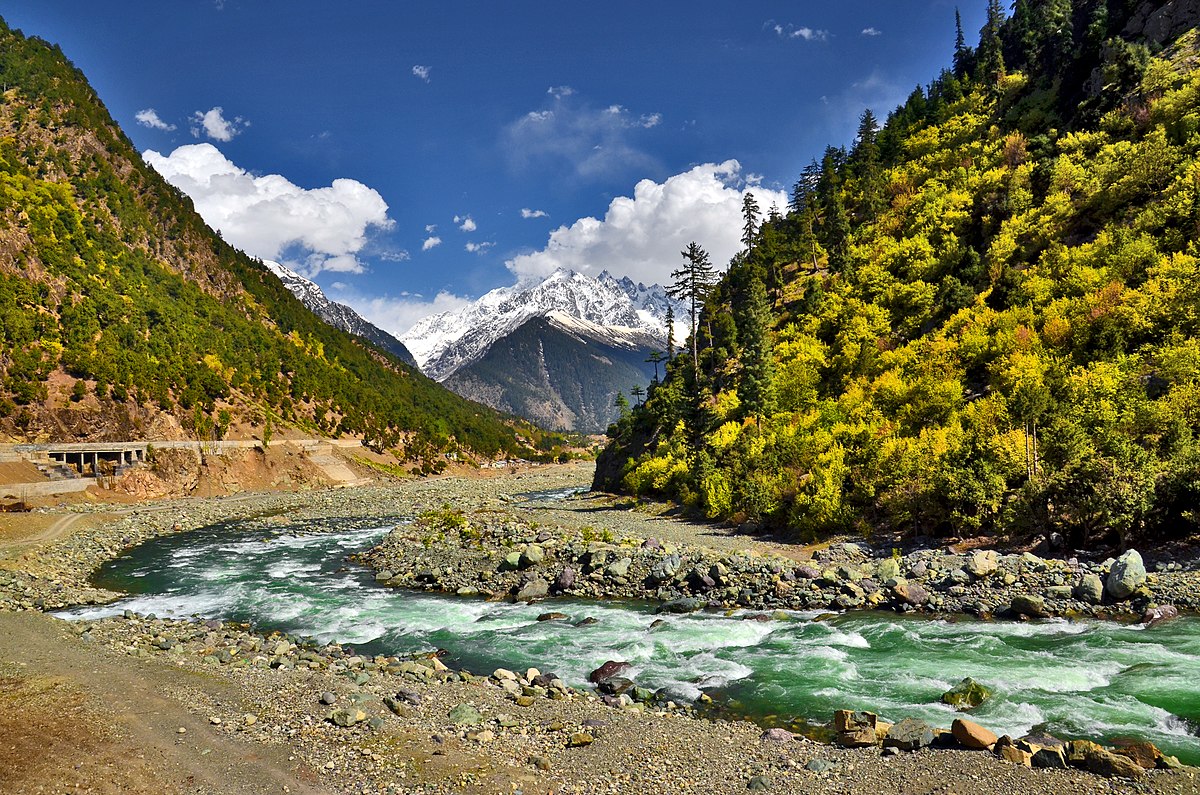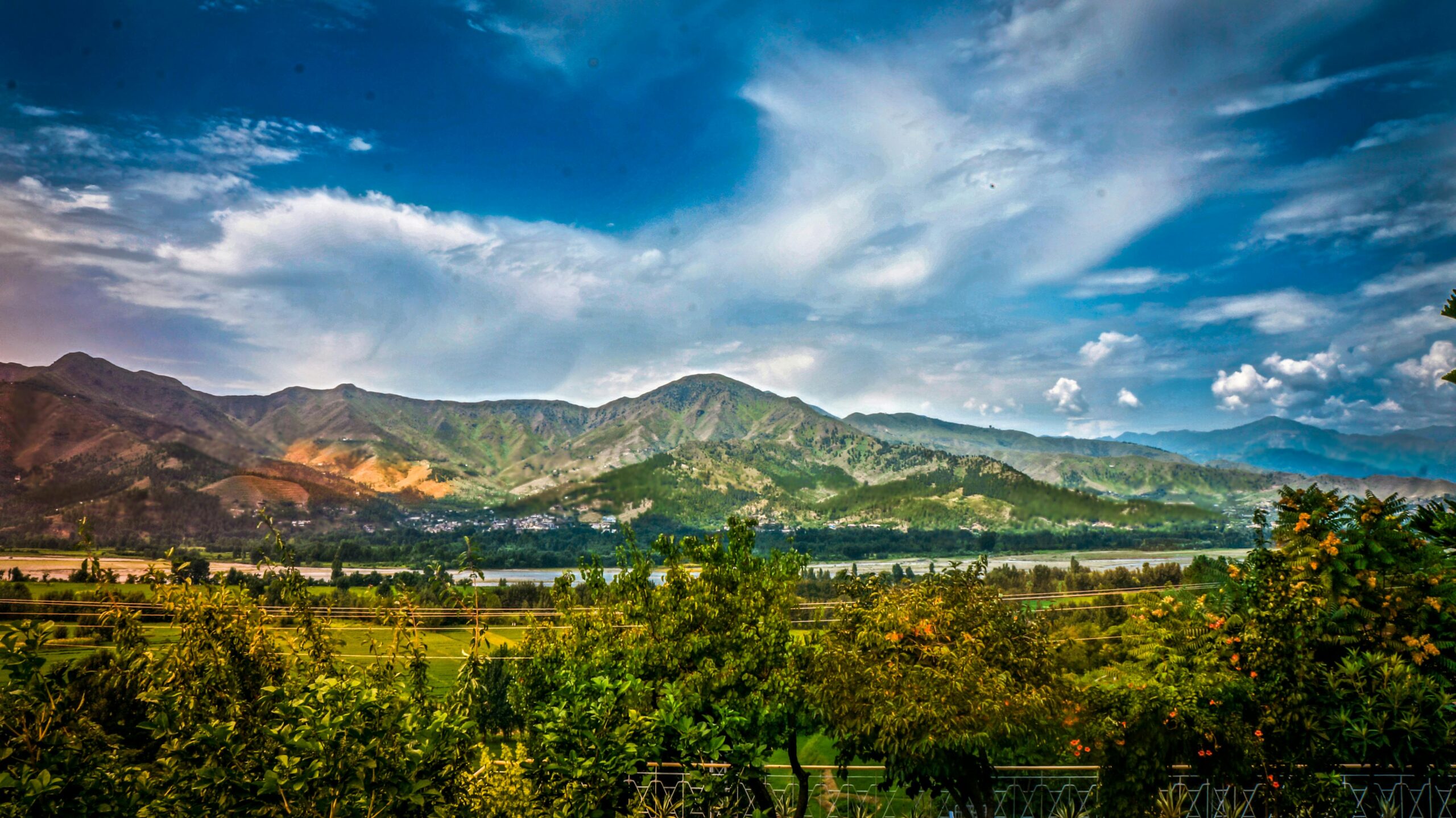Swat Valley: The Switzerland of Pakistan

Panoramic view of Swat Valley’s alpine meadows
History
Ancient Buddhist Kingdom
Main article: History of Swat. Once known as Udyana (“Garden”), Swat Valley was a flourishing center of Buddhism from the 2nd century BCE to the 10th century CE.
Unlike the Maldives’ coral-based history, Swat’s stone monuments have endured. The valley contains over 400 Buddhist sites, including the UNESCO-listed Butkara Stupa and the 7th-century Jahanabad Buddha rock carving. After Islam’s arrival in the 11th century, Swat became a princely state until merging with Pakistan in 1969.

The crystal-clear Swat River winding through Hindu Kush foothills
Geography
Himalayan Paradise
Located at 35°12′N 72°29′E in Khyber Pakhtunkhwa province, Swat Valley stretches 160km along the Swat River at an average elevation of 980m (3,215ft).
Key geographic features include:
- The Swat River – lifeline of the valley with trout-filled waters
- Hindu Raj mountains – peaks reaching 5,000m (16,400ft)
- Malam Jabba – Pakistan’s premier ski resort at 2,804m elevation
- Mahodand Lake – turquoise glacial lake accessible by 4×4
Chart with us
Discover Swat’s Buddhist heritage and alpine wonders on our guided expeditions.

